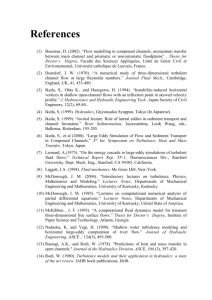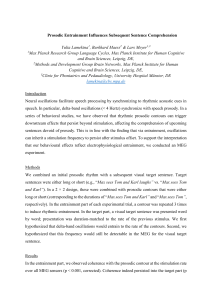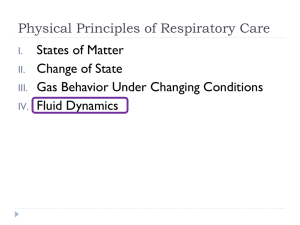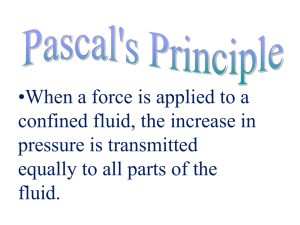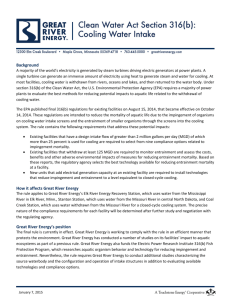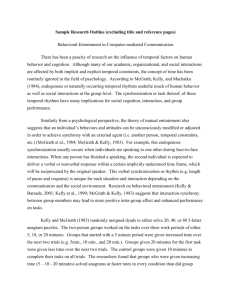Direct simulation of turbulent entrainment in gravity currents
advertisement
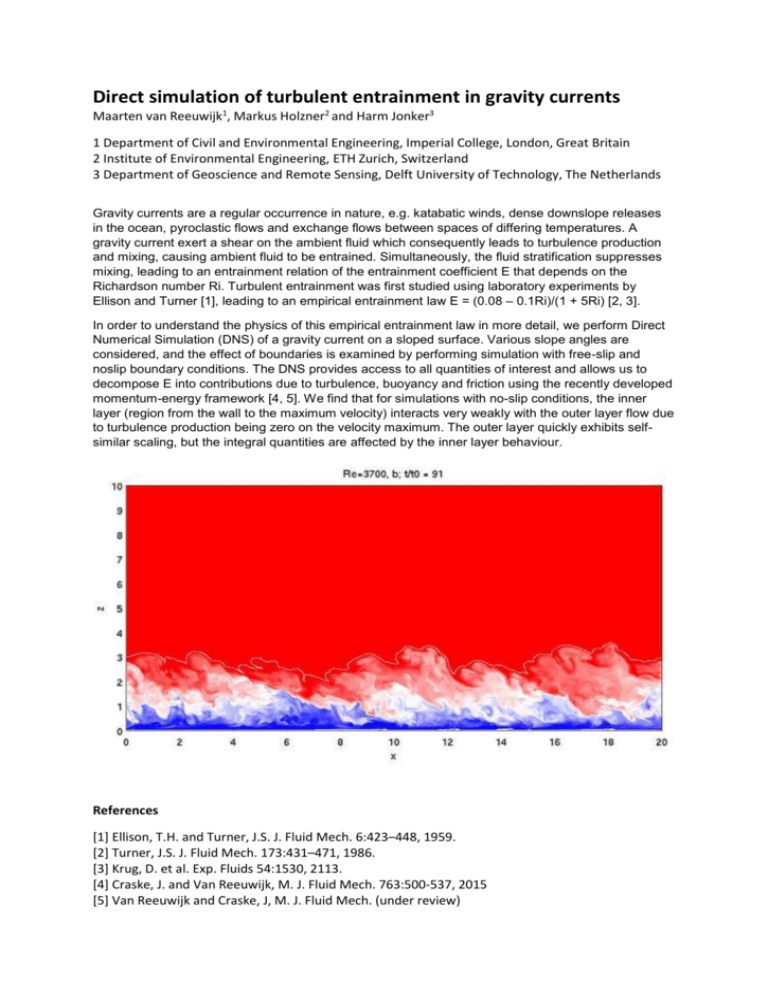
Direct simulation of turbulent entrainment in gravity currents Maarten van Reeuwijk1, Markus Holzner2 and Harm Jonker3 1 Department of Civil and Environmental Engineering, Imperial College, London, Great Britain 2 Institute of Environmental Engineering, ETH Zurich, Switzerland 3 Department of Geoscience and Remote Sensing, Delft University of Technology, The Netherlands Gravity currents are a regular occurrence in nature, e.g. katabatic winds, dense downslope releases in the ocean, pyroclastic flows and exchange flows between spaces of differing temperatures. A gravity current exert a shear on the ambient fluid which consequently leads to turbulence production and mixing, causing ambient fluid to be entrained. Simultaneously, the fluid stratification suppresses mixing, leading to an entrainment relation of the entrainment coefficient E that depends on the Richardson number Ri. Turbulent entrainment was first studied using laboratory experiments by Ellison and Turner [1], leading to an empirical entrainment law E = (0.08 – 0.1Ri)/(1 + 5Ri) [2, 3]. In order to understand the physics of this empirical entrainment law in more detail, we perform Direct Numerical Simulation (DNS) of a gravity current on a sloped surface. Various slope angles are considered, and the effect of boundaries is examined by performing simulation with free-slip and noslip boundary conditions. The DNS provides access to all quantities of interest and allows us to decompose E into contributions due to turbulence, buoyancy and friction using the recently developed momentum-energy framework [4, 5]. We find that for simulations with no-slip conditions, the inner layer (region from the wall to the maximum velocity) interacts very weakly with the outer layer flow due to turbulence production being zero on the velocity maximum. The outer layer quickly exhibits selfsimilar scaling, but the integral quantities are affected by the inner layer behaviour. References [1] Ellison, T.H. and Turner, J.S. J. Fluid Mech. 6:423–448, 1959. [2] Turner, J.S. J. Fluid Mech. 173:431–471, 1986. [3] Krug, D. et al. Exp. Fluids 54:1530, 2113. [4] Craske, J. and Van Reeuwijk, M. J. Fluid Mech. 763:500-537, 2015 [5] Van Reeuwijk and Craske, J, M. J. Fluid Mech. (under review)


